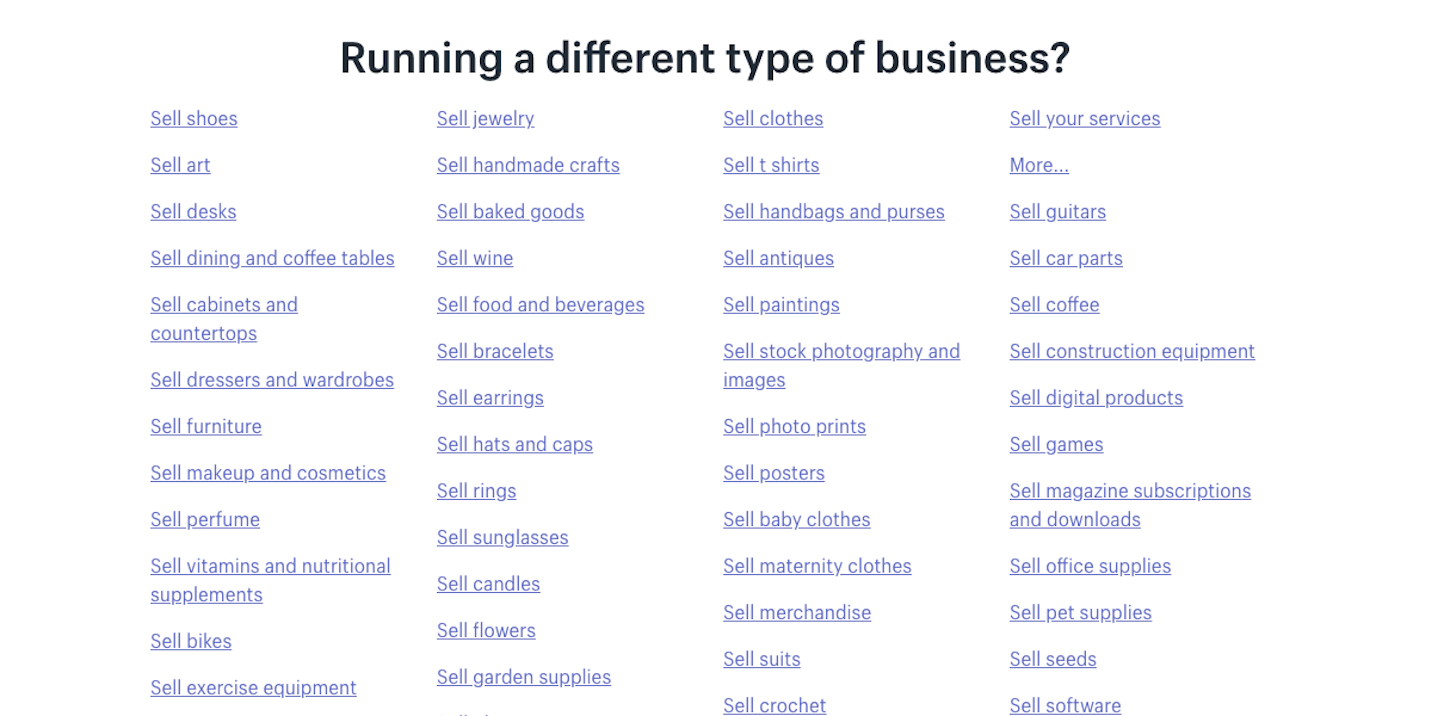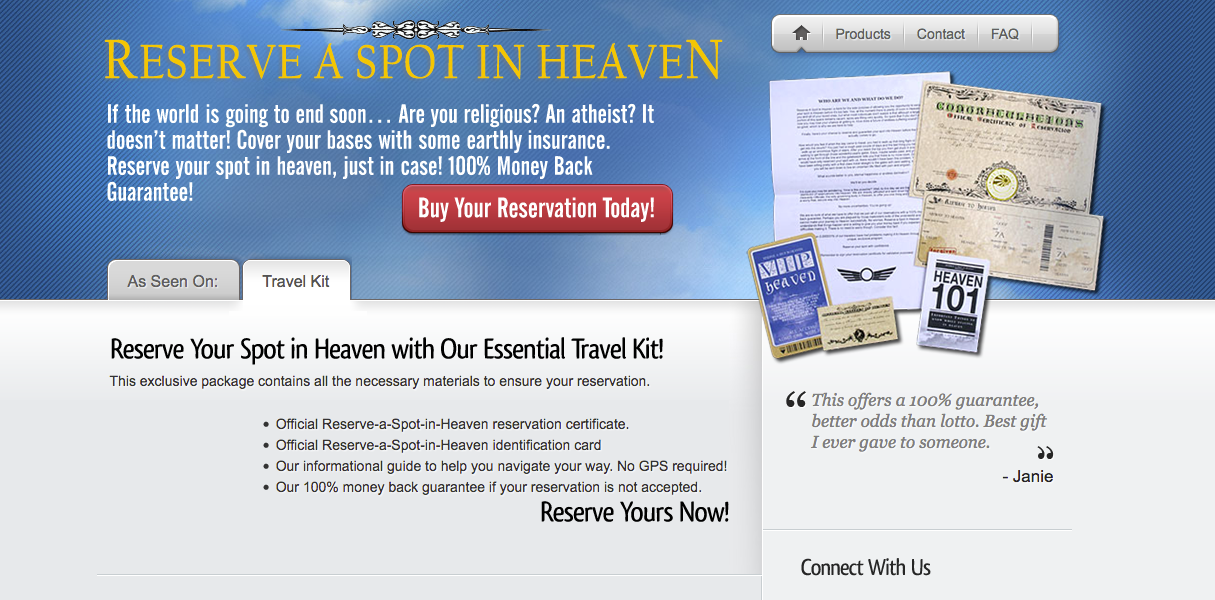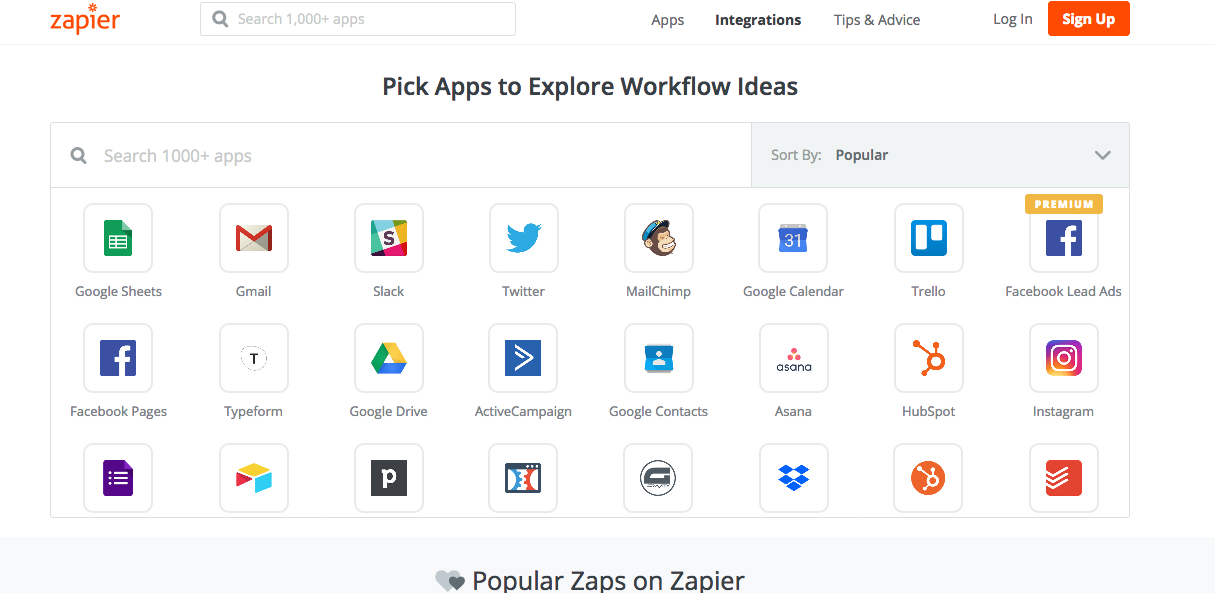Affiliate partnerships are an excellent revenue source for web designers, developers, and freelancers. They can help you grow not only revenue, but also your client roster and expertise.
One common way to work affiliate partnerships into your business is through content. And there are a number of content angles that both companies and affiliates use frequently, such as promotional content, feature announcement posts, review posts, or round-up posts.
These angles are fine and worthwhile. They can help provide proof of expertise to clients, and might reach new prospects.
"These content angles will provide value for affiliates, their readers, and their company partners."
But generic content does not bring value to your business, your affiliate partner, or your potential clients. To achieve this, and help your affiliate managers secure more budget, you have to have content that is above and beyond.
With time, some affiliates go beyond with a unique voice, brand, audience, or client roster. But in the short-term, there are ways to differentiate your content. In particular, there are five content angles that are not only extra useful for affiliates—they are also topics that affiliates can cover best, given the constraints on a company’s marketing team and their brand guidelines.
These content angles will provide value for affiliates, their readers, and their company partners. In this article, we’ll look at what these content angles are, and how you can use them in your affiliate marketing.
In this article, we’ll look at what these content angles are, and how you can use them in your affiliate marketing.
1. Use cases and specific examples
Often, products that can serve everyone come across as serving no one. And while it might be true that a company’s solution is “for everyone," that’s not how prospective clients or customers read it.
A product for everyone is a product for no one.
Companies can design landing pages and write content for many different market segments, but they cannot provide specific examples for every single use case. For example, Shopify has a solid list of potential use cases for their product, but it only covers some—it certainly does not cover every possible kind of product that can be sold on the platform.

That is where you, the designer or developer with clients in a specific use case, come in. Since you are the one dealing with the issues faced by this specific use case, you’re the one who can generate the unique content that helps them best.
Specific content reassures readers and prospects that you understand their issues and can solve their problems. That assurance builds your business, while making you a much more valuable affiliate.
"A product for everyone is a product for no one."
For example, think about direct-to-consumer farms. They have unique website requirements: they need traditional ecommerce functionality for one-off product sales; ticketing functionality for agritourism events; recurring subscriptions for Community Supported Agriculture customers; and traditional tools like a CMS, proper security, credit card processing, marketing tools, and more.
It does not make a lot of sense for an ecommerce—or ticketing, or subscriptions—provider to create content specifically for direct-to-consumer farms. Though they are a significant trend in America, they aren’t a huge segment in the grand scheme of the economy, so they’re not worth the costs of marketing to them specifically.
But, if you have experience or knowledge of that market, you can and should absolutely market directly to farms.. Showing farm owners how to think through website planning and how it integrates with their day to day operations is incredibly valuable. It will help you establish yourself as an expert, and build your business as an affiliate by giving you an opportunity to promote partner products directly to your target market. You can also prove your claims, by demonstrating how that company’s product is a right fit for specific users—and how. This type of content works well across social, search, and referral.
Next steps
Look through your list of top clients. Think about what problems they have that might be common to other industries or clients. Then, create detailed, descriptive content on how you solved those exact problems with your affiliate partner’s products and services.
You might also like: What is Content Strategy and Why Your Business Needs One.
2. Product negatives and positioning
Customers know that every company and product has tradeoffs and flaws. But it’s very hard, if not impossible, for companies to say, “We’re not the best at [X],” even if that tradeoff is worthwhile for most of the market.
The irony is that even amazing products can create disgruntled customers when expectations are not met. These disgruntled customers not only churn, but also create bad word of mouth.
As an affiliate working with the product every day, you are in a position to discuss product negatives, what those negatives mean, and show how to resolve them. You can reposition the product in a new and authentic light—and your clients and prospects get reassurance that they understand what they are buying. This is valuable for your business, your partner company, and your clients.
"You can reposition the product in a new and authentic light—and your clients and prospects get reassurance that they understand what they are buying."
For example, think about a retailer with a significant offline and online presence. There are myriad products, apps, and solutions that promise a perfect integration of leads, sales, inventory, analytics—everything! It’s easy for a company to say that their product is the perfect solution for all these needs.

But anyone who has ever used anything knows that that claim cannot be remotely true—no product is perfect. The real value is in how the solution works.
That is where your content and experience comes in. You can show how features can fail, but also how to resolve them, and why the product is still important.
For example, I’ve often had to show clients that their Google Analytics metrics and dimensions are completely off. But that doesn’t mean that Google Analytics is a bad solution. It’s simply the best of what’s out there—but you have to use it with your eyes wide open and focus on fixing issues as they come up. As an affiliate, you have the unique opportunity to create content that educates clients on the reality of the products they’re using.
Next steps
Look at the software that your clients use. Think about what is maddening about it. Create content around those issues and show not only how you solve those issues, but why those issues do not affect the overall picture.
Create content around those issues and show not only how you solve those issues, but why those issues do not affect the overall picture.
3. Non-traditional uses and real world education
With software, there are often a million and one ways to use it and “duct tape” solutions together. Companies have a hard time creating content around these solutions, because they are very unpredictable and not always recommended.
Microsoft never intended for customers to control machinery with Xbox controllers. QR code generators never expected tombstone manufacturers as customers. On a more illegal note, Snapchat and Tinder never anticipated their popularity with drug dealers.
Whether it’s high school gala auctions, dog collars by subscription, or a virtual flying club membership site (all real examples from my clients and readers), people have crazy non-traditional software needs that existing software can solve.

This angle is the inverse of specific use cases, but as much of an opportunity. Show what your affiliate software can do. The usefulness is not as important here as the potential. Use your expertise to show off your “hacks”.
This type of content is a big reason in the growth of WordPress. WordPress started as a blogging platform, but people kept showing off functions.php hacks until the software is where it is today. You can do the same with the software that you work with. As a bonus, this type of content is shareable and memorable. I’ve used this type of content many times for myself and for clients.
Next steps
Think about the software you are familiar with. Create content that explores its crazy potential. Show users how to push the limits in a fun, useful way in the real world.
You might also like: 4 Affiliate Marketing Strategies to Sell More in Any Market.
4. Integrations and add-ons
Often products are a great fit for a prospect, but needs to fit their legacy system. Companies can attempt to cover every single integration, but it’s an impossible task to cover them effectively.
This demand is so strong that there are entire software companies like Zapier, IFTTT, and others dedicated solely to product integrations.
You might not be able to cover every integration for your partner companies, but you absolutely can become the expert in a few. And that focus is usually all it takes.

Integration content does not have to be flashy or complicated. It only has to be accurate and updated. Give it all away for free.
This content will provide a last push for potential new customers and will bring in highly-qualified clients. Few clients will want to implement the instructions themselves, when they could just hire the expert—you!
Next steps
Pick a few pieces of software that you know well. Do a few Google searches to see how well they are covered. If forum discussions or Quora threads show up first in the search results, then you’ve found gold. Explore help forums and see what people are having issues with. Cover every angle and every issue with that integration in your content.
5. Service and product value-adds
Often products are amazing tools, but worthless without understanding. Affiliates and companies both know about the power of onboarding and educational content. But usually certain types of affiliates can go above and beyond with service and product value-add content.
Because here’s the thing—customers are not trying to simply buy a product. They are trying to buy a solution to their problem.
"Customers are not trying to simply buy a product. They are trying to buy a solution to their problem."
As the person in the room with real clients trying to solve specific problems, affiliates have insight into the best services and value-adds. You can sell a service that solves the problem and bring a product along with you. Or you can sell services to someone already committed to the product. Either way—both approaches have tons of content opportunities that you should capture.
For example, imagine a client who wants better conversion rates. You could sell conversion rate optimization services and bring Google Analytics along for the ride. Or, you could find people who are curious about Google Analytics and pitch setup and optimization. It doesn’t matter, as long as you are creating content around the problem and the solutions.
Next steps
Think about all the potential problems that need to be solved before and after a product purchase. Create content for both sides. Sell services that sell your affiliate product and vice versa.
The right content for your marketing
Affiliate partnerships are a incredible way to grow your business. When done well, they are a win for you, your client, and your partner.
But to do it well, you have to go beyond easy, promotional content. You have to create content that only you can create. The reward is that you’ll have a sustainable business with a bigger moat from competition and a better source of leads and sales. And all that comes from creating the right kind of content that speaks to your niche, and solves their problems.
What kind of content do you find resonates as an affiliate? Share your thoughts in the comments below!









